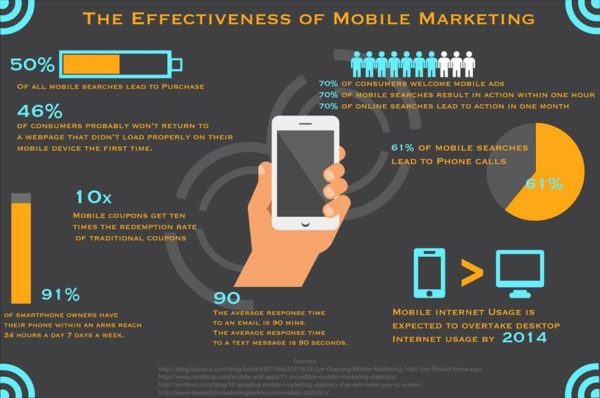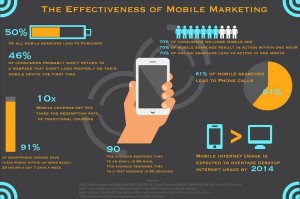With millions of mobile applications available for your smartphone, the question of data security has emerged as the key concern among experts. People load their smartphones with a wealth of information including credit cards numbers, banking data, and corporate server access codes. Our phones provide access to both our very private, personal and work lives. The result has made smartphones a valuable target for hackers. On the forefront of mobile app marketing and development lies the question “How secure is our mobile data?”
Functionality Overrides Security in App Development
The drive for app functionality has often outweighed the value of mobile security. Three out of four applications will fail basic security tests, and 96 percent of all organizations use at least one high-risk application. Different applications have different security needs. Discovering the balance between security features and the app’s functionality is part of the development life-cycle. Because of this competition for resources, not all applications have the same level of security.
“App stores are filled with applications that mostly prove their advertised usefulness. Nevertheless, enterprises and individuals should not use them without paying attention to their security. They should download and use only those applications that have successfully passed security tests conducted by specialized application security testing vendors.” said Dionisio Zumerle, principal research analyst at Gartner.
Data Leaks at the Centre of Security Flaws
The biggest security flaws identified by developers involve attacks on data in applications where developers were unaware of vulnerabilities. The use of personal algorithms in place of proven modern algorithms has been the main pitfall. A lack of data encryption leads to risky storage of data and exposed back-end services leave data unprotected from unauthorized access. Personalization and the use of analytics in mobile app marketing have provided another major issue with “leaky apps” that allow people to gather personal information that can be tapped if not properly secured.
Encryption is the Future of Mobile Security
Encryption of data is critical to protecting the integrity of data. Recent news of Apple’s iCloud hack and demands from the FBI for Apple to decrypt the San Bernadino terrorist’s iPhone illustrates the critical role security plays in our lives. These discussions illustrate an ongoing debate in the development community over security concerns. All this media attention should be seen as positive because it highlights that mobile app security has become a priority in the consumer market. While the number of unsafe applications on the market remains high, recent applications have made strides to develop a safer environment for consumers.
Recently WhatsApp introduced end-to-end encryption, securing all conversations to only the participants involved – unable to be accessed even by the developers. As people demand a new standard for mobile app security, the battle for encryption will continue to grow, highlighting the discussion between private and public safety. If you have questions about mobile application security for your firm, contact our development team here at Colure.


















